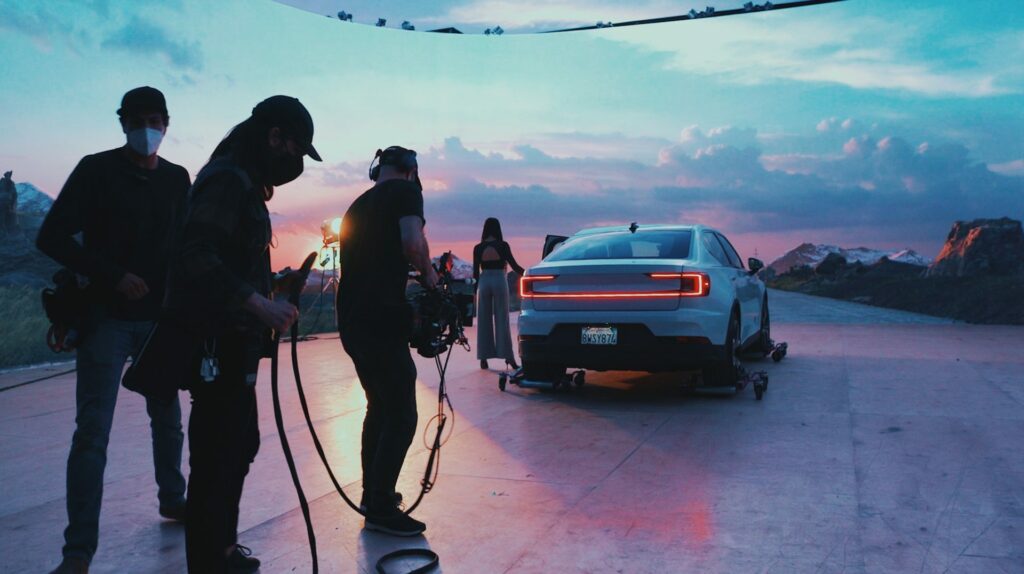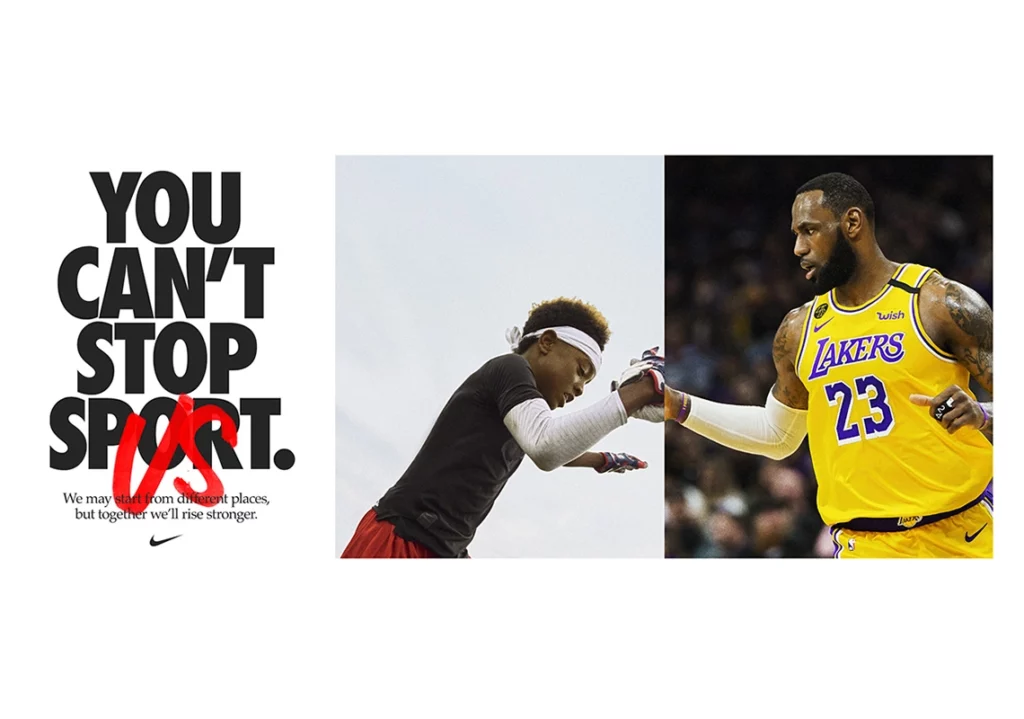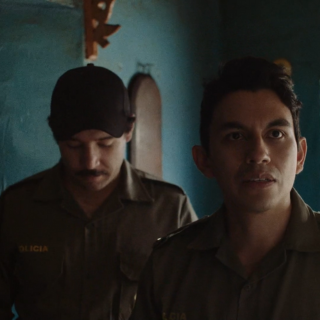Virtual Production:
the new disrupter?
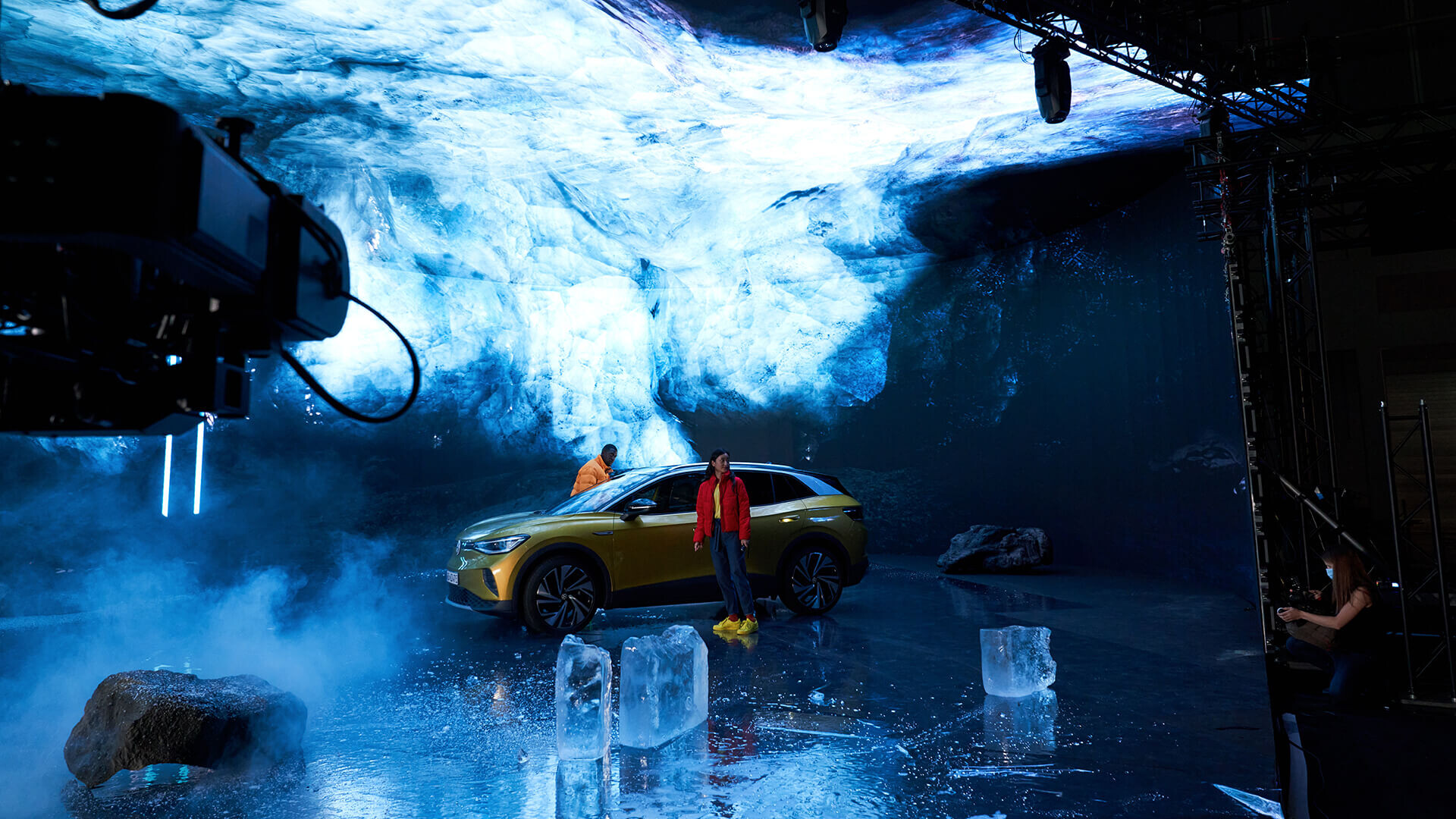
Virtual production is changing pipelines and delivery times while promising to improve sustainability efforts and reduce costs. But creatively, does it stack up? Working on productions virtually inevitably changes the creative process but does it nurture creative thinking and cultivate new opportunities or shortcut – and short change – the art of innovation? With so many questions circulating the industry, we probe into the hype to find out whether it lives up to expectation and is something that will truly revolutionize our current ways of working.
By Olivia Atkins
Virtual production (VP) refers to the use of LED volumes, a new technology in the form of high resolution screens or environments that create backdrops superimposed in-camera – using camera tracking and gaming software. It means productions can accelerate more efficiently, as crews move locations virtually and shoots can run according to plan. With faster workflows, VP could be the tool to streamline production.
“Virtual production has largely disrupted conversations regarding live action and entirely CG projects,” says Joe Sill, partner of Californian-based virtual production company, Impossible Objects. “Real-time game engines are activating ways to shoot in multiple unique locations within a single shoot day on a LED volume stage. On the CG side, they allow for a more immediate and collaborative visual effects process, witnessing changes to a shape’s color, texture, animation and lighting in real-time.”
Still in its nascent phase, the potential of VP is unlimited and allows creatives to keep up with rigorous client and consumer content expectations on ever-shrinking budgets. “VP is an incredibly powerful tool,” says ECD Aidan Gibbons at London-based production company, Not Just Any. “It changes how filmmakers shoot and think about production. It laser-focuses everyone’s attention on what the end result will look like, before shooting even begins.”
VP can work alongside human creativity and help solve logistical complexities. Ed Rosie, EP of Girl&Bear, VCCP’s in-house production studio agrees: “Its ability to create and imagine environments from scratch and access locations that would otherwise be impossible to reach are unparalleled. This doesn’t necessarily refer to picturesque locations like a beach, but rather, a recent example I saw that impressed me with its clever use of VP involved a scene shot atop a wind turbine. The focus was on an engineer performing some technical work, and it was a great solution for what could have been a complicated and risky scene to film. Most importantly, it looked fantastic.”
Anything is possible and it’s all for the taking
VP provides creatives with the freedom to create anything they can imagine – at a reduced cost and within a tighter timeframe. But it also lowers production carbon footprints, by eliminating the need for travel and building complicated sets. Virtual assets and sets can also be easily reused, which actually saves on human labour.
Gibbons explains: “A VP Volume relies on a game engine to generate surroundings in real-time at 60 frames per second. The result is captured in-camera and can go straight to editing. And the background can be generated from a single PC with a couple of power-hungry graphics cards rather than the rotoscoping, masking, compositing, and potentially hundreds of hours of rendering of complex environments required when shooting in green/blue, which requires a whole team of CG artists. The savings in energy and resources are vast.”
It’s a huge win for the environment too, with most of the post and design work done upfront. “It’s a far better way to run a production,” says Gibbons. “It forces everyone to make creative decisions and agree how a ‘world’ looks before committing the results to ‘film’.”
Rosie assures that the process between human creatives and tech will become more collaborative: “It’s important to remember the effort and craftsmanship required to create these environments. We need to be careful not to view VP as a panacea for all filmmaking challenges. Hopefully what we will see as the adoption increases its ideas specifically created with VP in mind.”
For particularly ambitious jobs, VP can be a wonderful resource – crafting unique and complex locations or heavily animated effects. “VP is better and faster in every aspect,” says Lukasz Tomasz Koltunowicz, CEO/EP of virtual production studio VUFINDER STUDIOS. “It’s constantly developing and every few months Epic Games (Unreal Engine developer) releases a new version of the engine, so creators are continually learning what’s possible.”
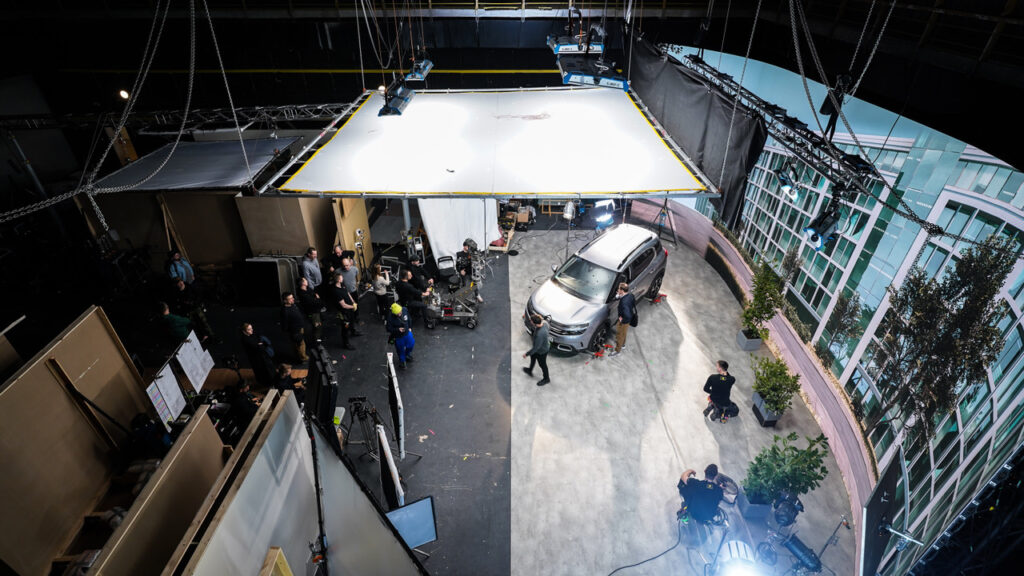
Overcoming industry hesitation and adapting to change
Given the early iteration – and excitement – around VP, some are hesitant about using the technology. It requires a huge initial investment in hardware, software and personnel, with studios ranging anywhere between £20-40k per week. But these upfront costs may still match the cost of a “traditional” production requiring lots of post work. And there are limited VP stages to shoot in.
Using VP will also impact how creatives and clients communicate as they’ll need to understand how VP works before the job begins. Rosie says: “We live with this long standing ‘fix-it-in-post’ mentality in our industry and if people feel like that option is removed or less available, they can get a bit uncomfortable.”
Gibbons agrees: “VP allows directors, art directors, DOPs, agency creatives and brands to return to the fundamentals of shooting, with a focus on capturing everything in-camera. This nurtures creativity by prompting everyone involved to consider what’s in the background, what colors are used and how they contribute to the story, rather than treating these elements as mere afterthoughts to be added in post-production.”
What’s next for VP?
Advertisers can create highly engaging and visually stunning content with VP. It’s already being used in widespread international productions, like Nike’s 2020 You Can’t Stop Us campaign which used a hybrid of VP backgrounds with athletic footage. Most of the time, we may not even realize when VP has been used.
“You know you’ve done a good job in post if nobody notices it,” says Gibbons. “And this holds true for VP. Its superpower lies in its ability to capture more things in-camera. The power of this approach is pure – the story becomes the centerpiece that wins awards and captivates people’s imagination.”
